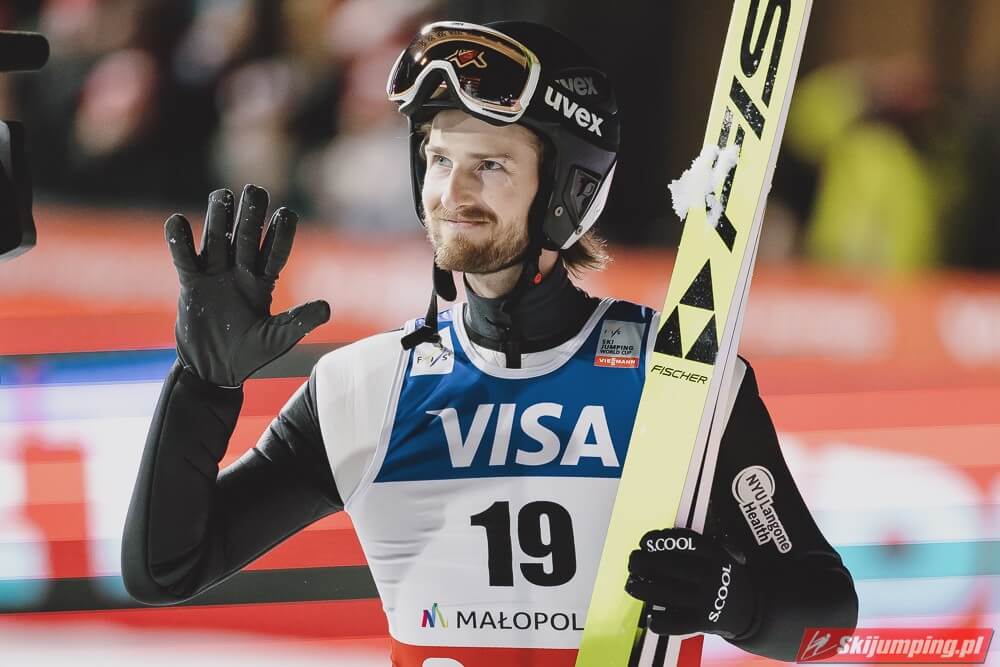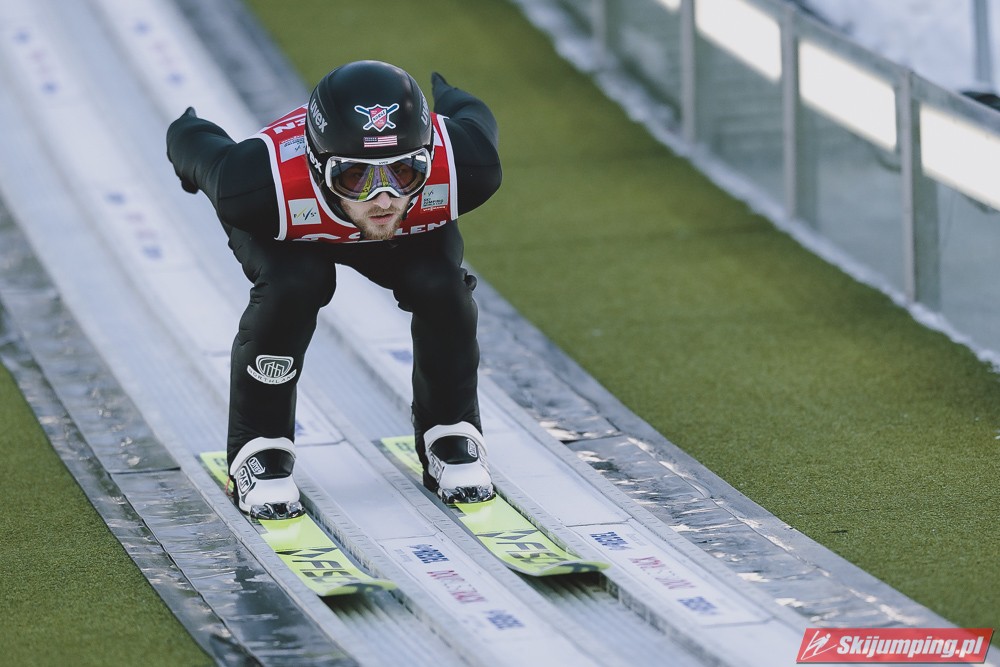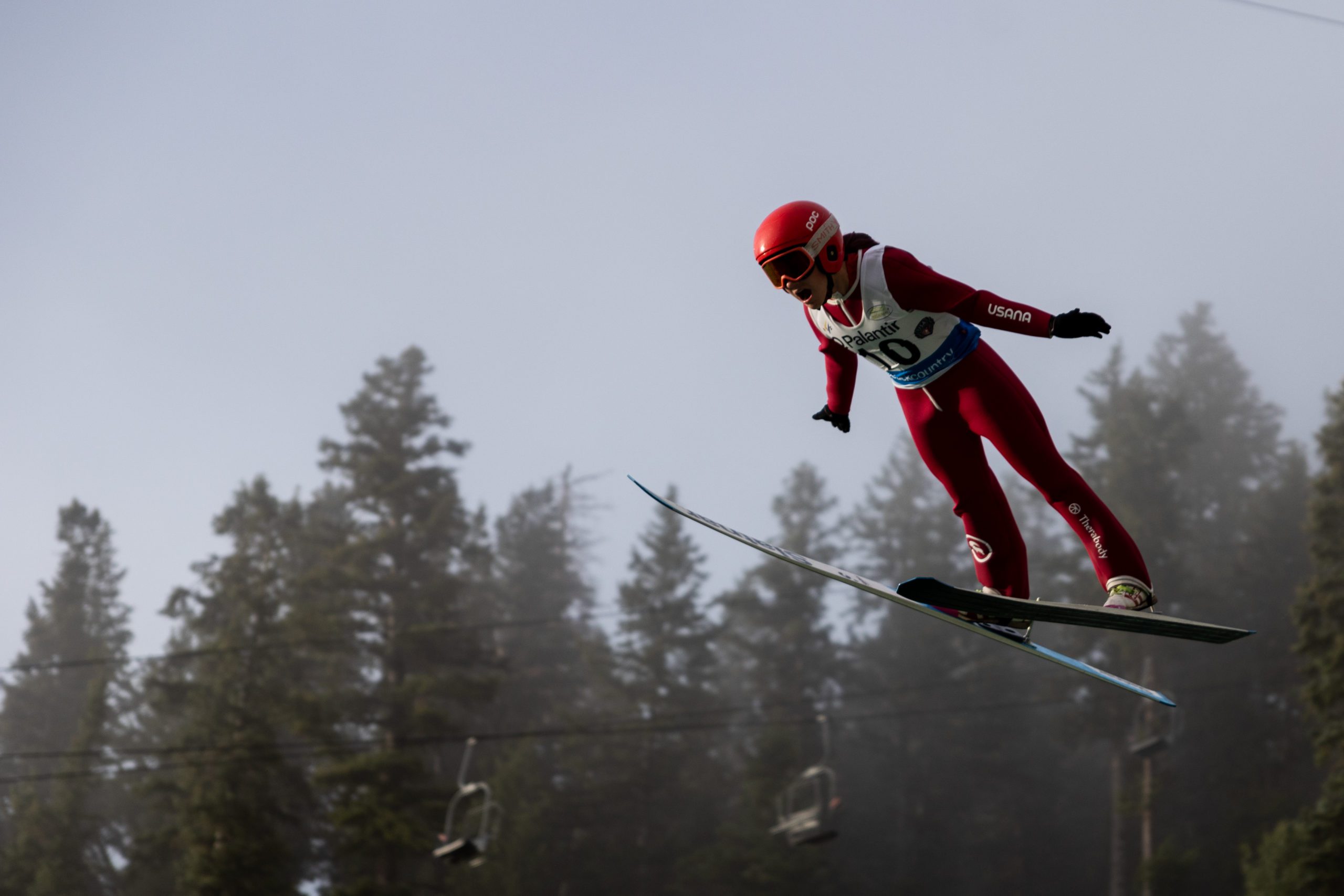Olympics
Kevin Bickner’s return to flight: Park City Ski Jumper eyes 2026 Olympic podium

U.S. ski jumper Kevin Bickner waves to fans after a World Cup event. The Park City–based athlete recently returned to competition following a brief retirement and is training in Norway as he eyes a spot at the 2026 Winter Olympics in Milano-Cortina. Photo: Kevin Bickner
PARK CITY, Utah — After stepping away from ski jumping in 2022, Olympian Kevin Bickner thought his competitive career had come to an end. However, two years later, the Park City-based athlete is back in the air — stronger, more focused, and pursuing unfinished business on the road to Milano-Cortina 2026.
“There were a lot of factors that came together,” Bickner said. “Taking time off helped me recharge, and during my absence, the U.S. team partnered with the Norwegian team. Suddenly, everyone had their best season ever, and that wasn’t a coincidence.”
The collaboration between the U.S. and Norwegian ski jumping programs has been transformative. It brought in Norwegian coaching staff and relocated the team’s base of operations to Norway, which immediately improved performance levels.
“I saw how well everything was working and felt like I had never reached my full potential,” Bickner explained. “When I retired, I was burnt out, but part of me wanted to know what it would be like to have access to all these resources and opportunities to reach the next level.”
Encouraged by coaches, sponsors, and friends within the ski jumping community, Bickner decided to give it one more year. “I thought I’d regret it for the rest of my life if I didn’t find out what I could achieve in this new system,” he said.
“The first year was tough,” Bickner admitted. “It felt like I had to relearn how to be a ski jumper. But by the second year, I started to see the improvements I had been working toward — and I ended up having my most successful season ever.”

Training Year-Round
Unlike most winter sports, ski jumping isn’t confined to the snow. Athletes train year-round on plastic-covered jumps that mimic winter conditions. “Most of our jumping happens in the summer,” Bickner said. “The conditions are more stable, which allows for repetition and refinement.”
This summer focus transitions into the competition season with the Grand Prix, a World Cup-level circuit held on plastic jumps. These events offer full ranking points, enabling athletes to build momentum heading into winter.
Park City Roots
Originally from the Chicago area, Bickner moved to Park City at age 16 after earning a spot on the national team. What began as a temporary move turned into a permanent one. “I thought I’d only be here for a few years,” he said. “But I fell in love with Park City — the community, the mountains, and the friends I made. Eventually, my family moved here as well. It’s home now.”
Though his training base is currently overseas, Bickner remains deeply connected to Park City’s ski jumping scene and its next generation of athletes. “I was once one of those junior kids looking up to Olympians,” he reflected. “So whenever I’m back, I try to talk with the younger jumpers and encourage them. It’s inspiring to see how much talent there is.”

Focus, Calm, and the Mental Game
Ski jumping, Bickner noted, requires as much mental strength as physical ability. The challenge lies in maintaining focus without letting nerves take over. “Some people jump great in training but struggle in competition,” he said. “For me, it’s the opposite. My best jumps now come during competition because I add an extra layer of focus. I try to stay relaxed, trust my training, and concentrate on executing the jump correctly without worrying about the outcome.”
Looking Ahead
As Bickner looks towards the 2026 Winter Olympics, his goals extend beyond personal achievements. “I just want to continue improving,” he stated. “Even small progress each season adds up, and maybe I’ll be contending for a podium spot at the Olympics.”
He’s also motivated by a larger goal: growing the sport in the United States. “Ski jumping isn’t very popular here, but there’s no reason it can’t be,” he said. “When kids see U.S. athletes doing well, it might inspire them to become ski jumpers too. I want to help advance the sport so that the next generation can achieve even more than we have.”



















